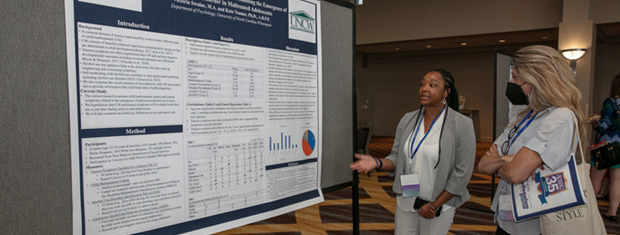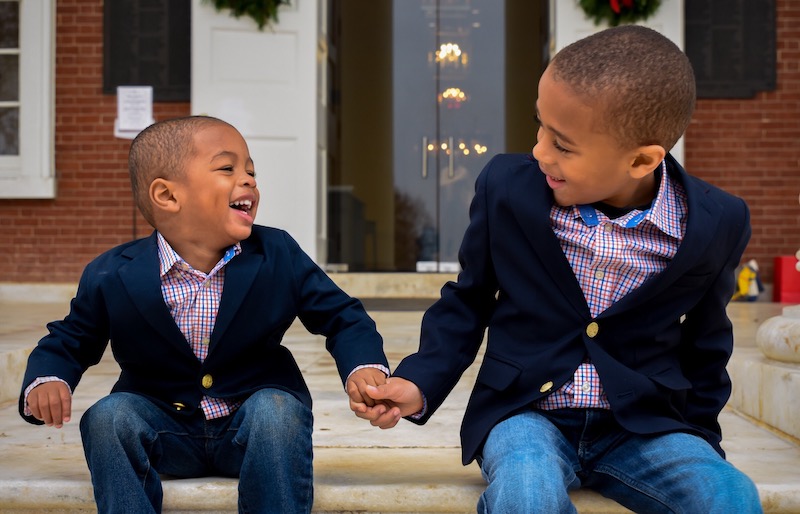




The APSAC Advisor is a peer reviewed quarterly news journal for professionals in the field of child abuse and neglect.
The APSAC Advisor provides succinct, data-based, practice-oriented articles that keep interdisciplinary professionals
informed of the latest developments in policy and practice the field of child maltreatment. It is designed to highlight
best practices in the field and publish original articles and current information about child maltreatment for professionals
from a variety of backgrounds including medicine, law, law enforcement, social work, child protective services, psychology,
public health and prevention in the U.S.
 If you wish to learn more about submitting an article to the Advisor, please click here.
If you wish to learn more about submitting an article to the Advisor, please click here.
This library contains Advisor issues dating back to the first issue in 1988. The most recent issue appears at the top.
Scroll down to select past issues by year and issue number. Once a publication appears in the box, you
can use the Enlarge button to open the document in a new window or tab (depending on how your browser is set up).
This will allow you to view the document with larger print.
To print a document, first use the Enlarge button to open the document in a new window or tab. Then use your browser's Print command.
To return here from a new tab, close the tab. To return from a new window, click your browser's Back button.
In the listing below, click on a year and issue number to see the articles in that publication.
2018 Number 4
At Issue: Supporting Our Immigrant Children
As pediatricians, we see in our clinics every day a diverse spectrum of children with unique family structures across all socioeconomic strata and different immigrant statuses. It is our responsibility to promote the health and well-being of all children. Child protection team members also care for all children and know all too well the vulnerability of children. The field of child protection requires professionals to come face-to-face with the unique vulnerability of children every single day. Immigrant children are much the same. Many of them are fleeing their home countries because of prolonged histories of physical, emotional, and sexual abuse, or neglect. Immigrant children would benefit from the expertise and wisdom of providers trained in child abuse and neglect.
Natural disasters, including hurricanes, are expected to increase in intensity and frequency, and have the power to adversely impact millions of children and adolescents worldwide. A growing body of research is shedding light on how youth typically respond to hurricanes, as well as on factors that can exacerbate or mitigate their effects. This work carries important implications for post-disaster risk screening and assessment. In this paper, we propose guidelines for applying evidence-based assessment (EBA) concepts, principles, and practices to four major assessment tasks typically undertaken in the aftermath of a hurricane, including (1) risk screening/situation analysis, (2) mental health needs assessment, (3) in-depth ecological assessment, and (4) treatment planning/monitoring. We discuss the potential that EBA holds for improving mental health assessment among hurricane-exposed youth.
Intimate partner violence (IPV) is a serious preventable public health problem that negatively impacts millions of Americans. Experts recommend that healthcare providers screen for IPV, but screening and positive disclosure rates remain low. We conducted a needs assessment on IPV screening in Houston, Texas. The needs assessment included a literature review, 26 interviews with organizations that screen for IPV and agencies that provide services to survivors of IPV, and three focus groups with survivors of IPV. The focus group participants shared their experiences in interacting with healthcare providers and identified opportunities for providers to improve how they screen for IPV. Recommendations include asking the patient alone, improving rapport, sharing what will happen if the patient discloses abuse before the screening, asking specific and direct questions that include questions on emotional abuse, and creating individualized follow-up plans.
Adolescent suicide-related behaviors are a substantial public health problem in the United States, and youth with a history of child abuse or maltreatment are at elevated risk for suicide. Service providers who work with abused and maltreated youth have a unique opportunity to reach those at highest risk for suicide-related behaviors, provide support, and ensure that youth receive appropriate services. This article provides an overview of risk markers for suicide-related behaviors and the types of prevention services available to at-risk youth. The article also provides suggested action steps to assist service providers in preventing suicide among abused and maltreated youth.
Bonded to the Abuser: How and Why Children Form and Maintain Attachments With Abusive Caregivers
It is common knowledge among those working with maltreated children that despite the abuse and/or neglect experienced at the hand of a parent, children generally want to maintain a relationship with the abuser. Although some children - especially older teens - may express their disappointment and anger at maltreating parents, the majority perceive their abusive parent as an attachment figure and desire to repair the relationship and reunite with the parent. Part one of this paper discusses six sources of evidence that support and explain the phenomenon of children being bonded to an abusive caregiver. Part two presents common themes in the writings of adult survivors of different forms of childhood maltreatment as another source of evidence.
APSAC Advisor 30(4): Full Issue